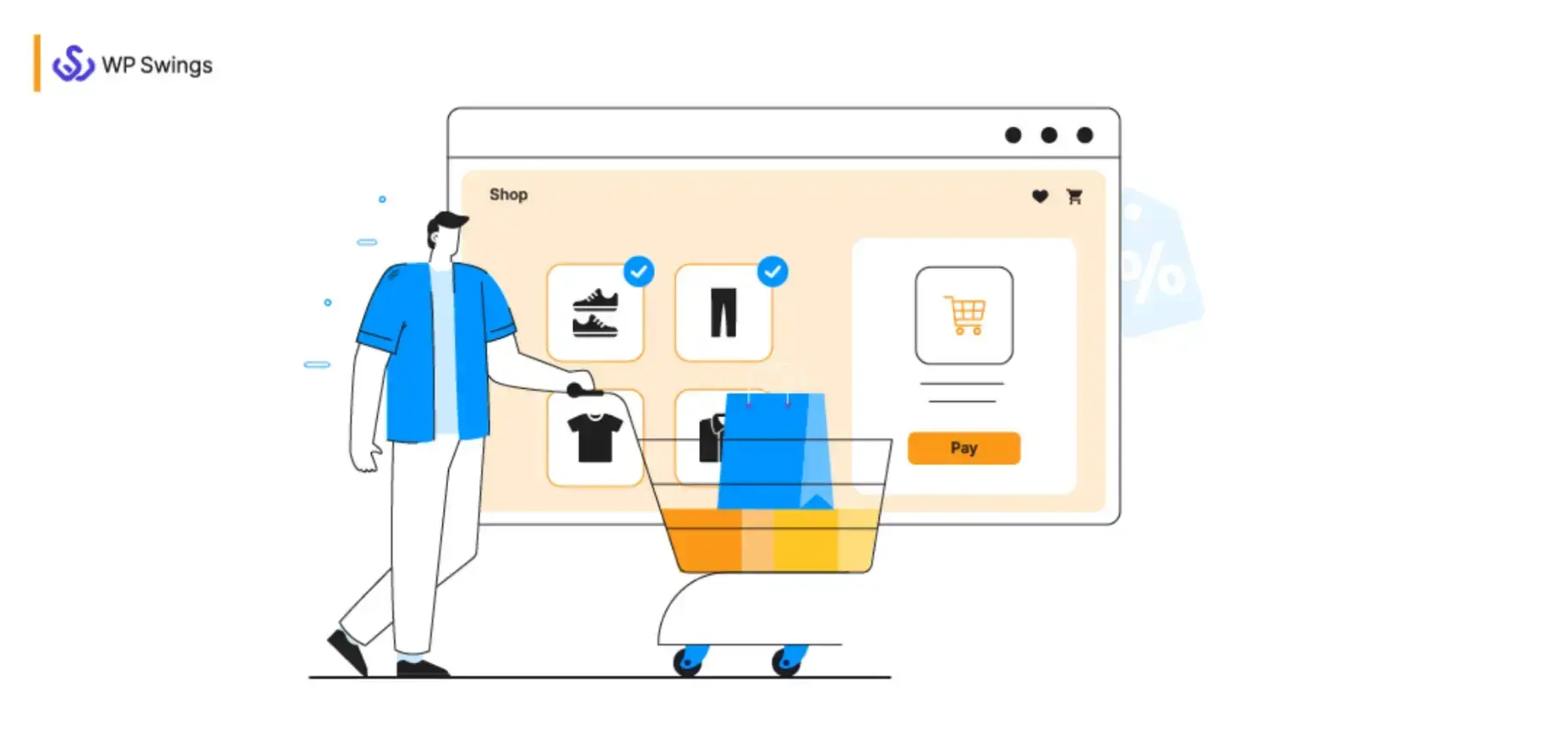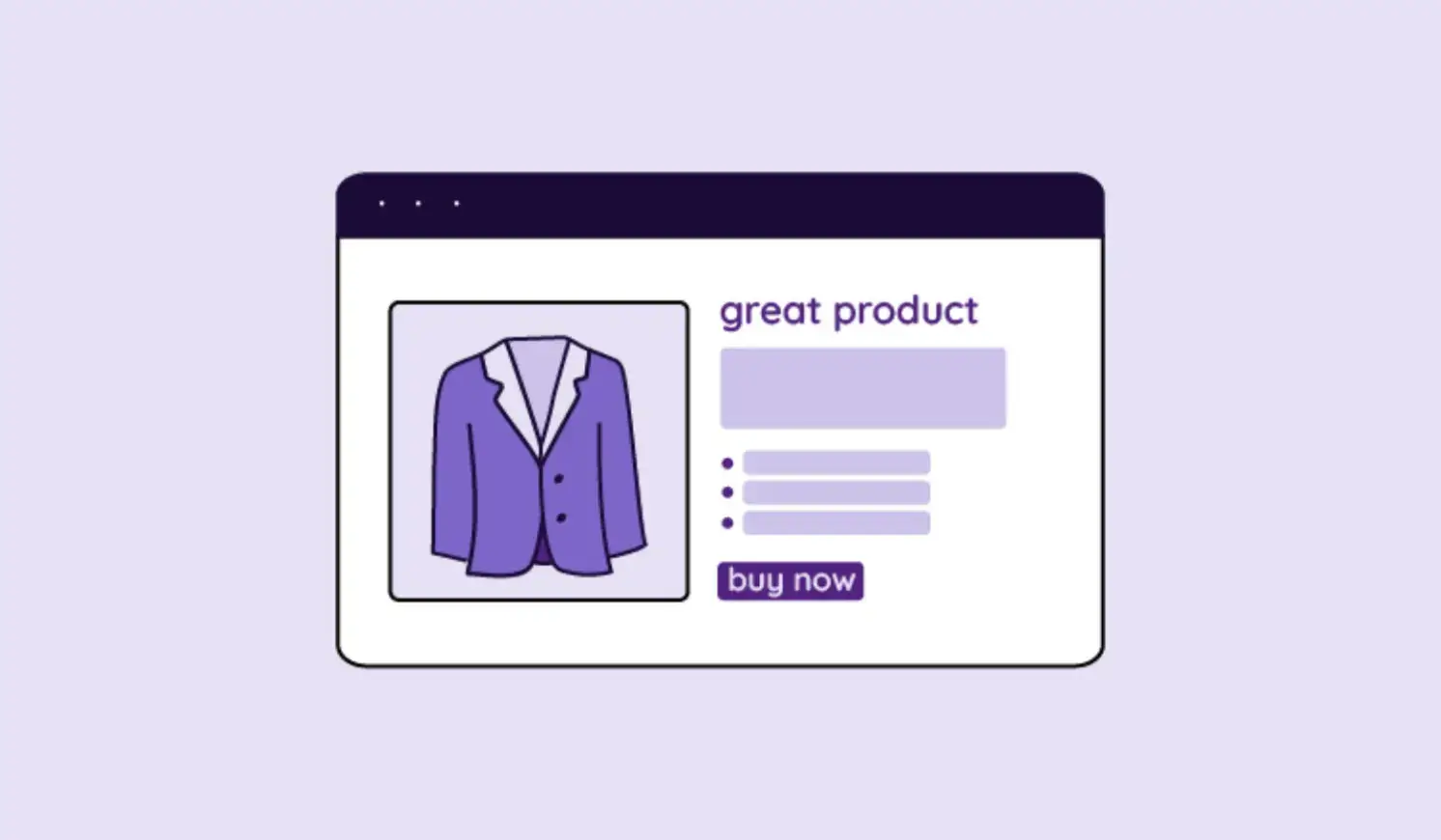Driving traffic to your e-commerce store is only half the battle. The real challenge is converting those visitors into paying customers.
Improving your conversion rate is essential, whether you're dealing with high cart abandonment, low engagement, or simply want to maximize every visitor.
Fortunately, you don't need to reinvent the wheel. Small yet strategic changes can significantly impact sales, and the best part is that you can start implementing them today. Let’s examine them.

Source: acquire
Optimize Your Website for Seamless Navigation
If visitors struggle to find what they need, they won’t stick around. A clean, intuitive layout ensures they can browse effortlessly and move quickly from product discovery to checkout.
Your homepage should clearly highlight categories, bestsellers, and promotions.
Search functionality must be fast and precise, with autocomplete suggestions to reduce friction. Menus should be simple, avoiding excessive drop-downs or clutter.
More importantly, ensure your site loads fast. Studies show that even a one-second delay can reduce conversions by 7%. Compress images, use a reliable hosting provider, and minimize heavy scripts to keep your pages running smoothly.
Simplify the Checkout Process

Source: WP Swings
A long, complicated checkout process is a known conversion killer. Streamline it by reducing the number of steps needed to complete a purchase.
Every additional form field, extra click, or unnecessary decision point increases the chances of cart abandonment. Keep things simple—let customers move from cart to confirmation with minimal distractions.
One major barrier is account creation. While having registered users benefits your business, forcing new customers to sign up can drive them away.
Offer guest checkout as a frictionless alternative, with the option to create an account after purchase. If sign-up is necessary, integrate social logins or one-click registration to save time.
Autofill shipping and billing details wherever possible. Let returning customers securely store payment information for future purchases. If they have to re-enter the same details every time, they might rethink completing the purchase.
Flexibility is key when it comes to payment options. Credit cards, PayPal, Apple Pay, Google Pay, and Buy Now, Pay Later services cater to a wide range of customer preferences.
The more choices you offer, the fewer reasons customers have to abandon their carts. Clearly display security badges, PCI compliance, and SSL certificates to reinforce trust—shoppers need assurance that their payment information is safe.
Mobile Optimization is Non-Negotiable
More than half of traffic on online marketplaces comes from mobile devices, yet many stores still aren’t fully optimized for smaller screens. If users have to pinch and zoom to read product descriptions or struggle to complete a purchase, you’re losing sales. A mobile-friendly design includes:
- Responsive layouts that adjust seamlessly across devices
- Large, easy-to-click buttons
- Streamlined forms with auto-fill options
- Mobile-friendly payment options like Apple Pay and Google Pay
Run regular tests on different devices to ensure a smooth shopping experience across the board.
Use High-Quality Product Images and Videos
In a physical store, customers can touch and feel a product before buying. Online, your images must do the convincing. Crisp, high-resolution photos from multiple angles help build trust.
Show products in real-world use and include zoom-in features to showcase textures and details. Even better? Leverage videos.
A quick demo, an unboxing, or a 360-degree view can give a hesitant buyer the extra push they need. Videos increase engagement and keep visitors on your site longer, boosting SEO and conversions.
Write Persuasive Product Descriptions

Source: Plytix
Boring, generic product descriptions will not cut it. Your copy should answer key questions: What makes this product special? Why should the customer care? How will it improve their lives?
Instead of just listing features, focus on benefits.
A coffee maker isn’t just “automatic with a timer.” It ensures you wake up every morning to the rich aroma of fresh coffee without lifting a finger. Use sensory words and storytelling to paint a vivid picture.
Build Trust with Social Proof
Customers trust other customers more than they trust you. Hence, you ought to leverage social proof to reassure hesitant buyers.
Display real customer reviews, star ratings, and testimonials prominently on product pages.
If possible, incorporate user-generated content—photos or videos from actual buyers showing off their purchases. This content can be anything: quotes, recorded video interviews, or even a good rating on G2 or Clutch.
Scarcity and urgency also affect trust. Limited-stock alerts (“Only 3 left in stock!”) or time-sensitive discounts (“Sale ends in 3 hours!”) encourage faster decision-making and reduce the likelihood of abandoned carts.
Personalization: The Key to Higher Conversions
Shoppers don’t want to feel like just another number—they want an experience that is tailor-made for them. A one-size-fits-all approach will no longer do.
Today’s consumers expect brands to anticipate their needs, suggest relevant products, and remember their preferences.
Think of it this way: If a customer browses your site for wireless headphones, why would you show them ads for kitchen appliances?
Instead, leverage AI-driven algorithms to analyze browsing history, past purchases, and frequently bought-together items. When that same shopper returns, greet them with personalized recommendations that feel intuitive rather than random.
Email marketing is another huge opportunity to connect. Instead of sending out mass promotions, fine-tune your messaging. Did someone abandon their cart?
Remind them with a compelling email showcasing the product and offering an incentive like free shipping or a limited-time discount. If a customer has made multiple purchases in a particular category, send them tailored suggestions based on their shopping patterns.
Even small touches can make a big impact. A simple "Welcome back, Alex!" or remembering that a customer typically buys medium-sized shirts adds a level of familiarity that builds trust.
Offering customized deals—like discounts on frequently purchased products or early access to new releases—creates a sense of exclusivity that keeps shoppers engaged with effective retargeting.
FAQ
1. What is a good conversion rate for an e-commerce store?
A good e-commerce conversion rate typically falls between 2% and 5%, though this varies by industry, traffic source, and target audience.
2. How can I reduce cart abandonment?
Simplify the checkout process, offer guest checkout, display trust signals (SSL certificates, secure payment badges), and provide multiple payment options, including Buy Now and Pay Later services.
3. Why is mobile optimization important for e-commerce conversions?
With over 50% of online traffic coming from mobile devices, a responsive, mobile-friendly site ensures a seamless shopping experience and prevents lost sales.
4. How does social proof increase conversions?
Displaying customer reviews, testimonials, and user-generated content builds trust and reduces purchase hesitation, making shoppers more likely to complete their transactions.
5. What role does personalization play in e-commerce sales?
Personalized product recommendations, retargeting ads, and tailored email campaigns enhance user engagement and increase the likelihood of repeat purchases.
Final Thoughts
Boosting your e-commerce conversion rate doesn’t require a massive overhaul—small, calculated changes can lead to significant improvements. Focus on making the shopping experience seamless, intuitive, and personalized.
Remove friction at every step, from browsing to checkout. Engage visitors with persuasive content, trust signals, and timely incentives. Your customers are already interested—give them every reason to hit that ‘Buy Now’ button.


